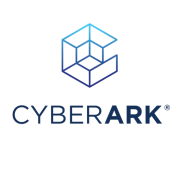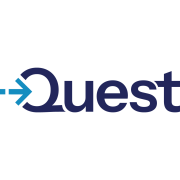Endpoint Compliance ensures that all devices accessing a network adhere to required policies and standards. It plays a crucial role in maintaining organization security by preventing unauthorized access and data breaches.
It includes monitoring and enforcing security measures on devices such as laptops, smartphones, and tablets. This process minimizes threats by ensuring only compliant devices can connect to enterprise resources. Users find it essential for safeguarding sensitive data and maintaining operational integrity. It assists in automatic updates, consistent policy enforcement, and centralized management of device compliance.
What key features should you look for in Endpoint Compliance solutions?In finance, Endpoint Compliance helps protect sensitive financial information by regulating device access and ensuring all regulatory requirements are met. In healthcare, it safeguards patient data and complies with HIPAA through strict policy enforcement and device monitoring.
For organizations, Endpoint Compliance provides a structured approach to manage and secure devices, leading to better data protection and compliance with industry standards. It is an essential part of any comprehensive security strategy aimed at protecting both data and network integrity.
| Product | Market Share (%) |
|---|---|
| Kaspersky Endpoint Security for Business | 24.4% |
| Fortinet FortiClient | 22.7% |
| Trend Vision One Endpoint Security | 16.8% |
| Other | 36.10000000000001% |
















Endpoint Compliance enhances data security by ensuring that all devices accessing the network meet specific security standards. It actively monitors for security threats and unauthorized access, reducing the risk of data breaches. By enforcing compliance policies on endpoints, sensitive data is better protected against unauthorized access, ensuring a secure digital environment for your organization.
What are the key features to look for in an Endpoint Compliance solution?Key features of an Endpoint Compliance solution include real-time monitoring, automated patch management, and integration with other security tools. Look for solutions that offer detailed reporting, user-friendly interfaces, and robust malware detection. The solution should support a wide range of device types to ensure comprehensive protection across your organization's infrastructure.
How can Endpoint Compliance help with regulatory compliance?Endpoint Compliance aids in regulatory compliance by ensuring that all devices adhere to industry-specific standards and frameworks such as GDPR, HIPAA, or PCI-DSS. It helps document compliance efforts through automated reporting and logging, making it easier to demonstrate adherence during audits. This ensures that your business meets legal requirements and avoids potential fines.
Why is automated patch management important for Endpoint Compliance?Automated patch management is crucial for Endpoint Compliance as it ensures timely updates across all devices, closing security vulnerabilities. Through automation, it reduces the administrative burden on IT teams and minimizes the risk of human error. Keeping systems up-to-date is a key component in maintaining a strong security posture and protecting against exploits.
How does Endpoint Compliance impact remote workforce security?Endpoint Compliance significantly enhances remote workforce security by enforcing security policies on devices used outside the corporate network. It ensures that remote devices are secure, compliant with company policies, and protected from cyber threats. This is essential in today’s landscape, where remote work is prevalent, and securing a distributed workforce is critical for data protection.